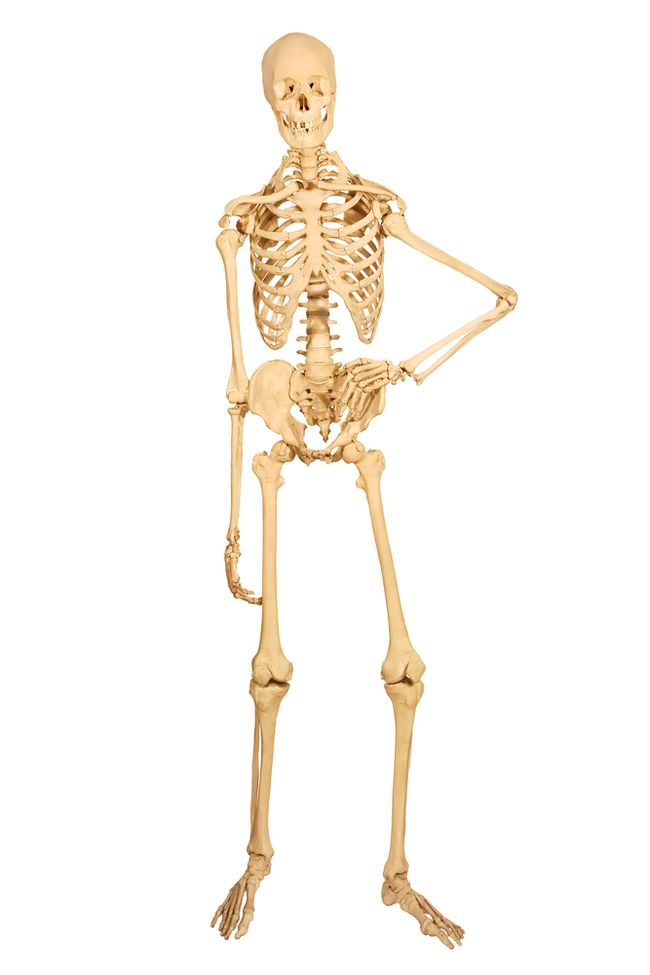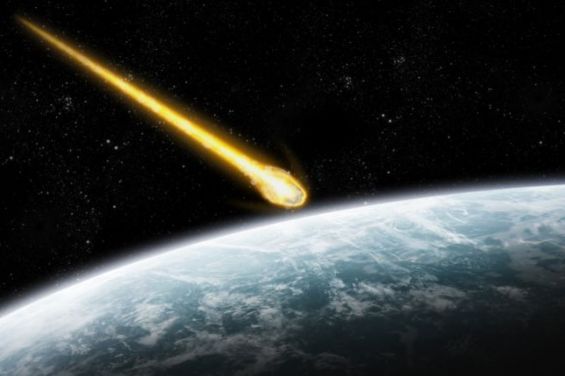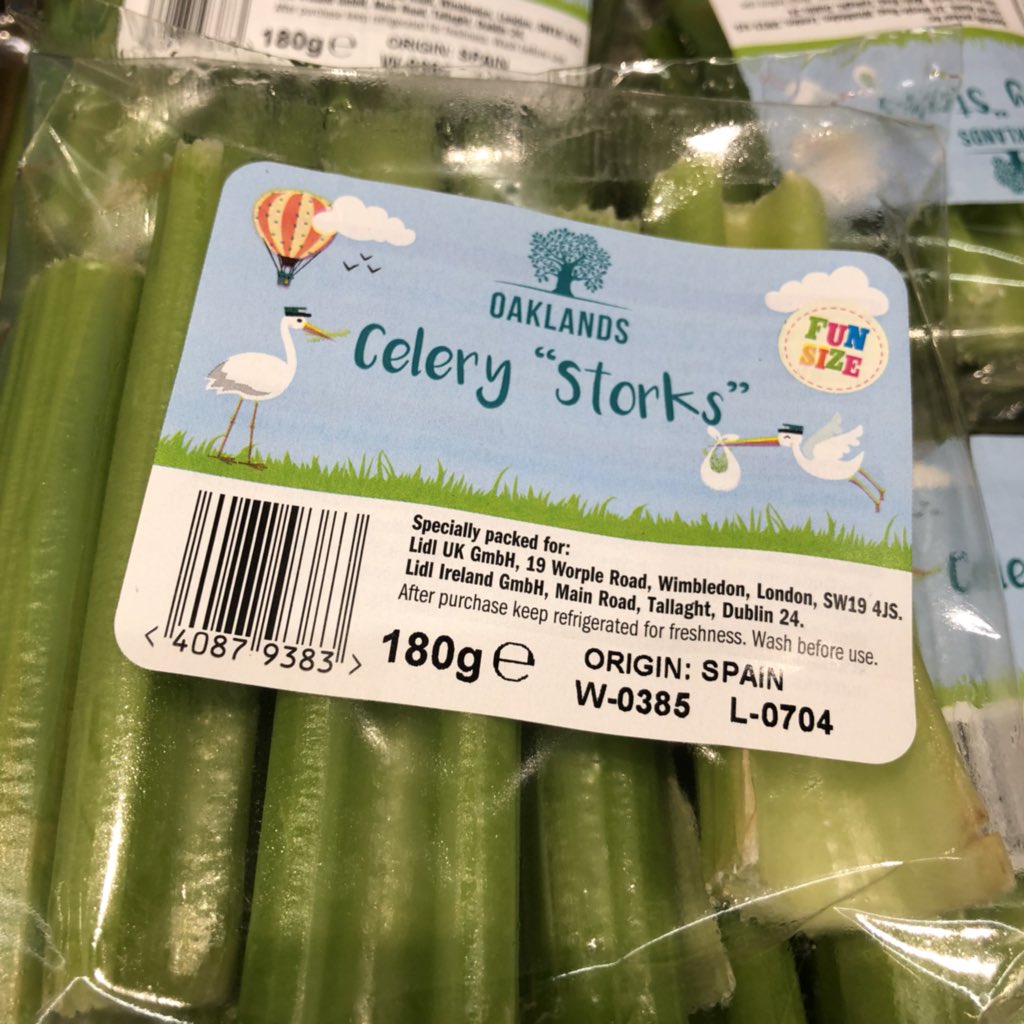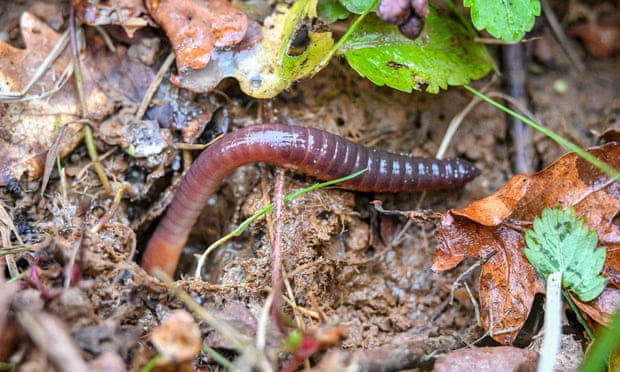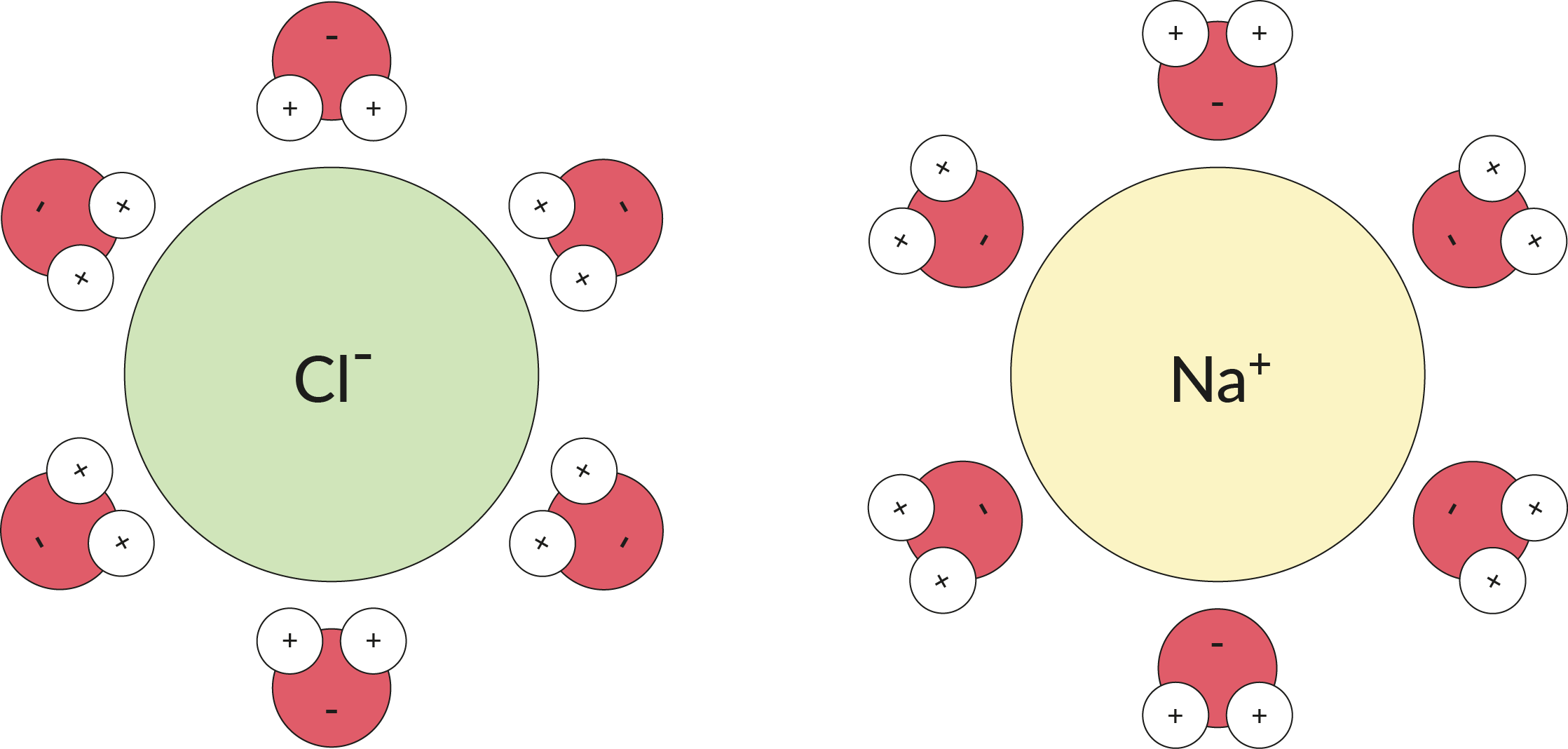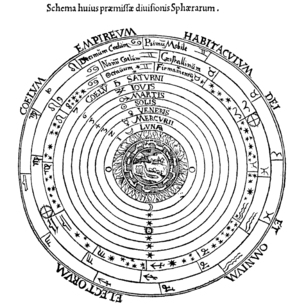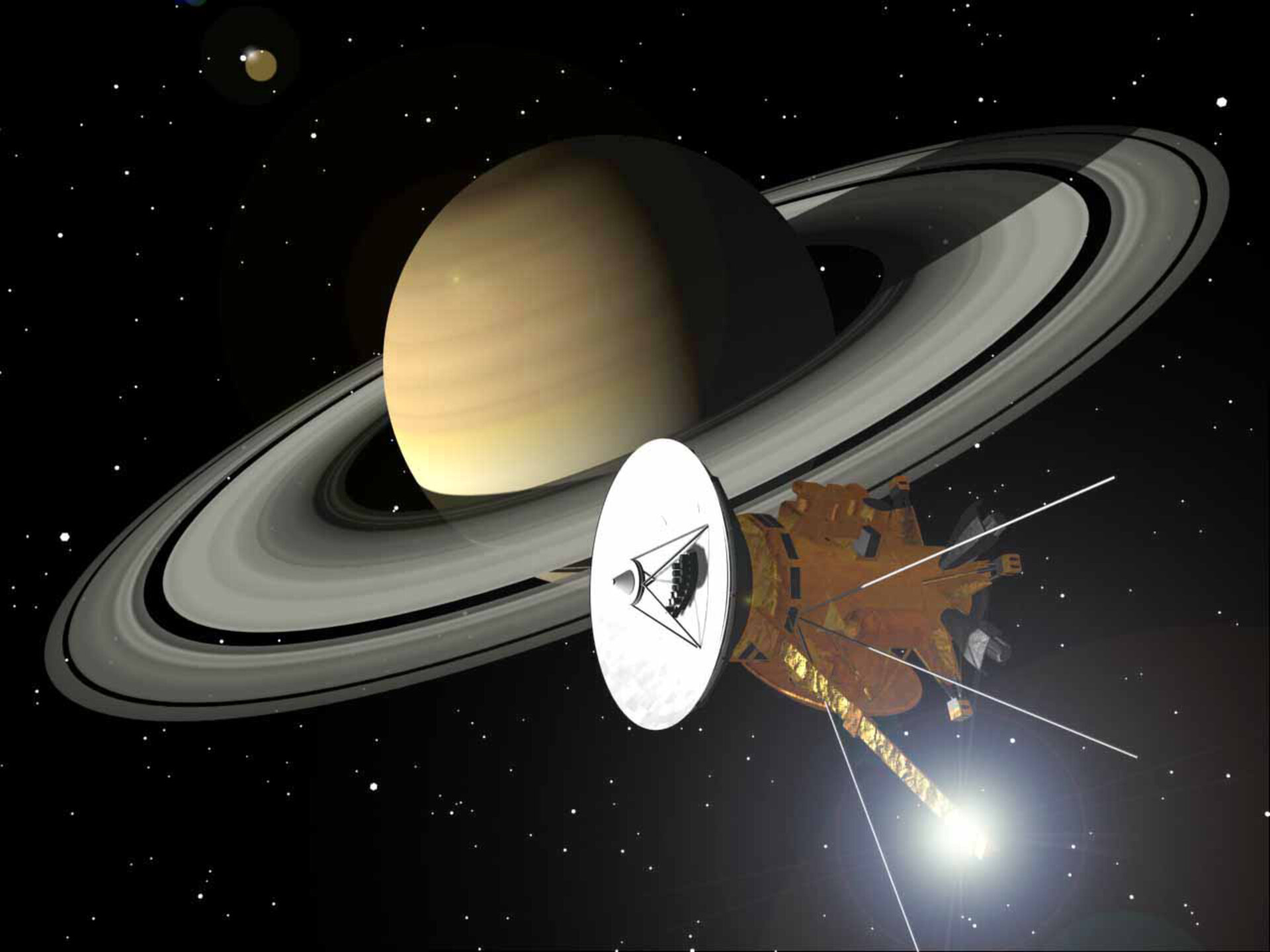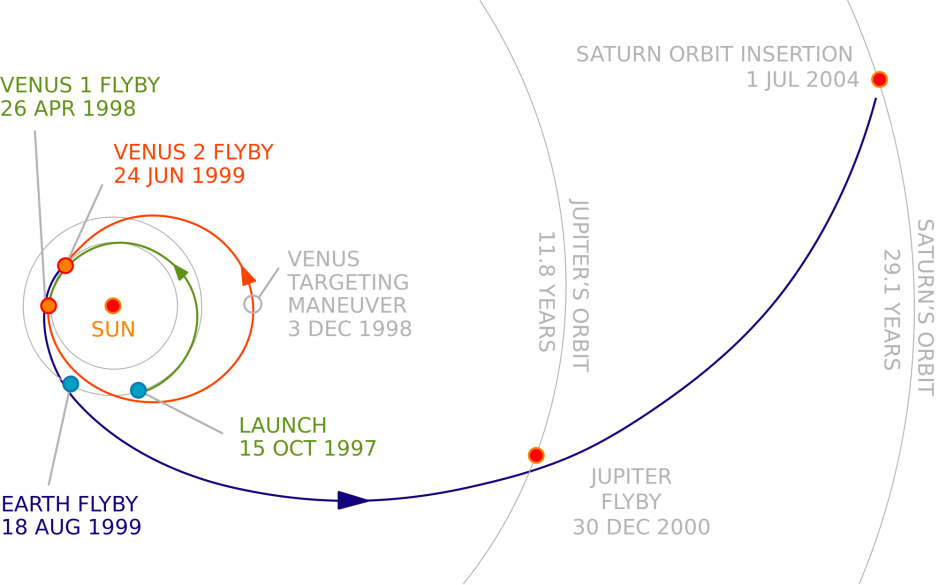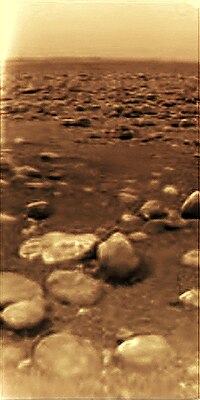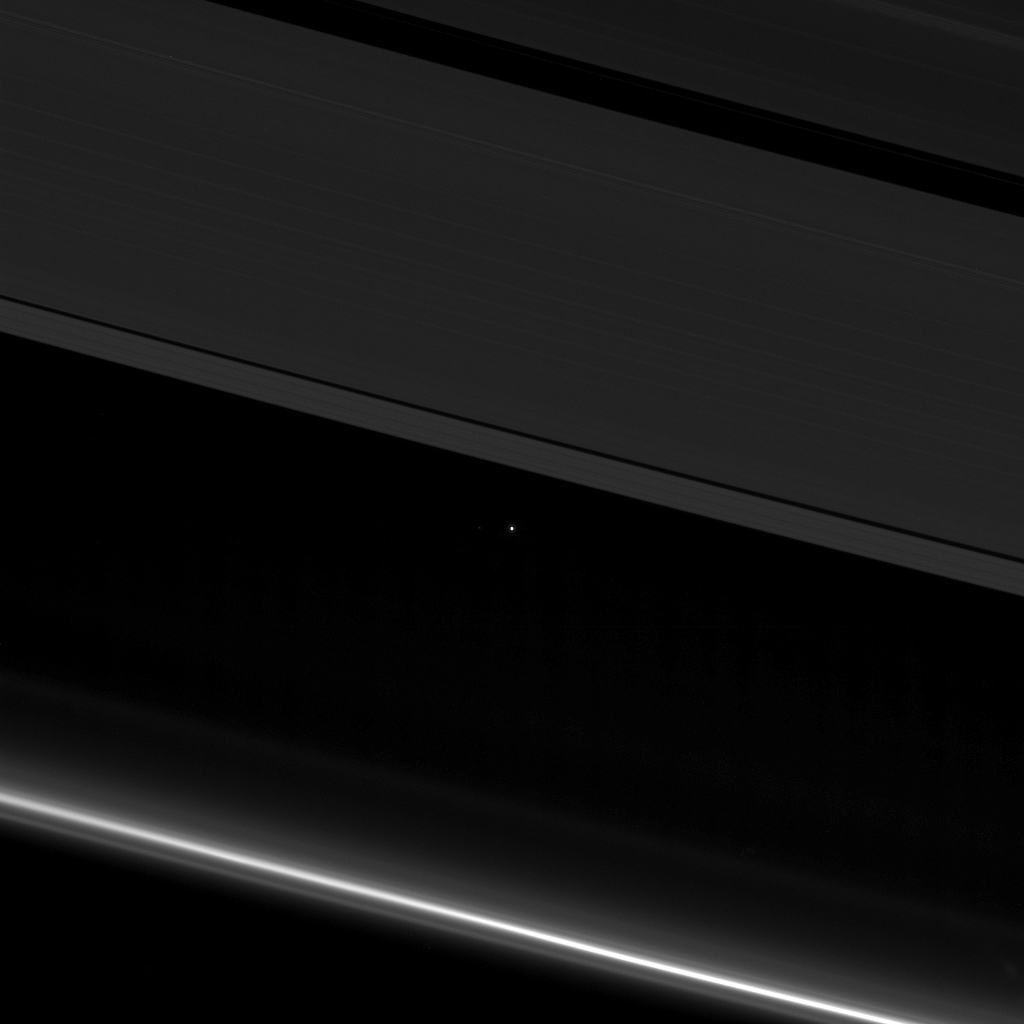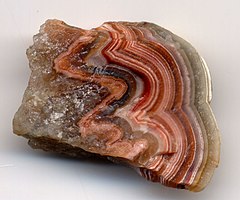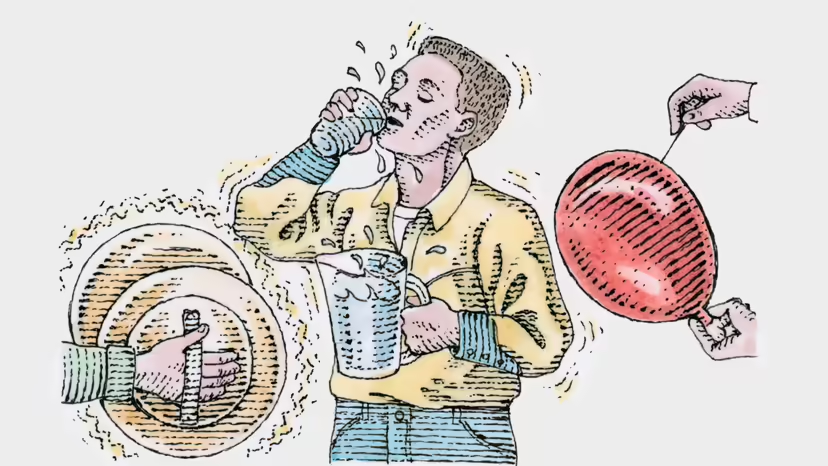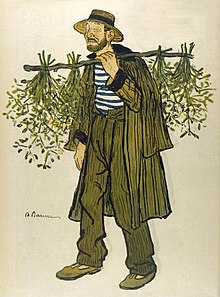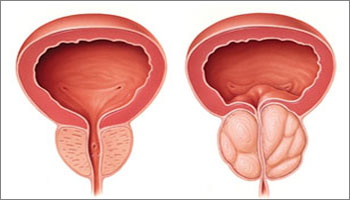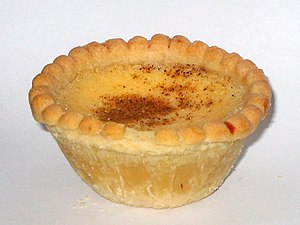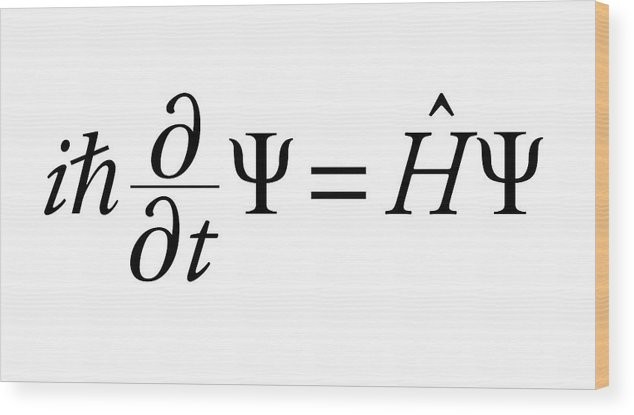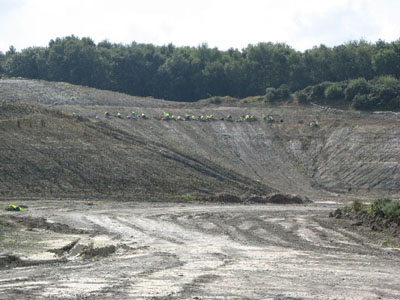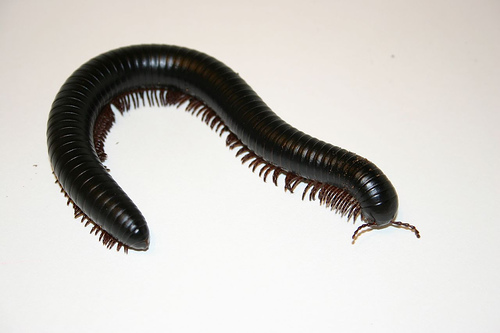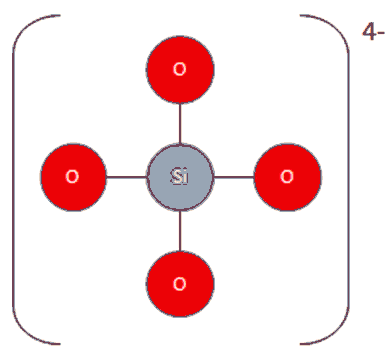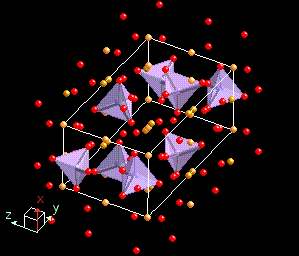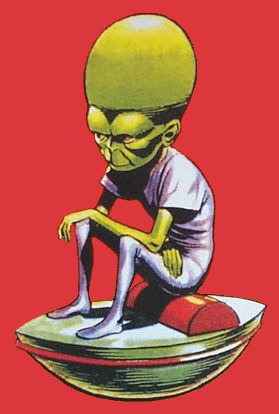Did the truelove of the writer of the eighteenth-century carol forget what he’d sent her the day before? The unfortunate recipient (whom I thought most likely female) received a total of 364 items over the pre-Christmas period. But, necessity being the mother of invention, she had hatched a cunning plan . . .

On the first day of Christmas, my truelove sent to me
A partridge in a pear tree.
So I emailed my truelove: “What am I supposed to do
With a partridge and a pear tree? My love, I thought you knew
I haven’t got a garden to plant the pear tree in;
And that partridge in the hallway is making such a din!”
On the second day of Christmas, my truelove sent to me
Two turtle doves
And a partridge in a pear tree:



He hadn’t read my email! They’re clogging up the hall,
Those partridges and pear trees which I didn’t want at all!
I’ll ring him up . . . he’s out. That leaves me pretty vexed:
I hope he’s not gone shopping – who knows what he’ll buy next?
On the third day of Christmas, my truelove sent to me
Three French hens, two turtle doves and a partridge in a pear tree:






Now this is getting silly. Where shall I put them all?
The French hens weren’t too happy when I shoved them in the hall
With three partridges in pear trees, and four doves – I think that’s it . . .
(I had to prune the trees a bit, to make sure they would fit.)
By the seventh day of Christmas, can you guess what I had got?
Despite all my pleas:
Twelve turtle doves, fifteen French hens, sixteen calling* birds, fifteen go-old rings;
Twelve geese a’cackling, seven swans a’swimming, and some partridges in some pear trees.


























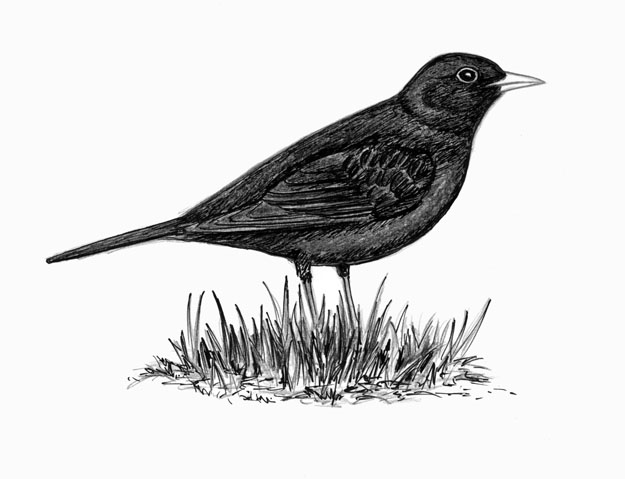






























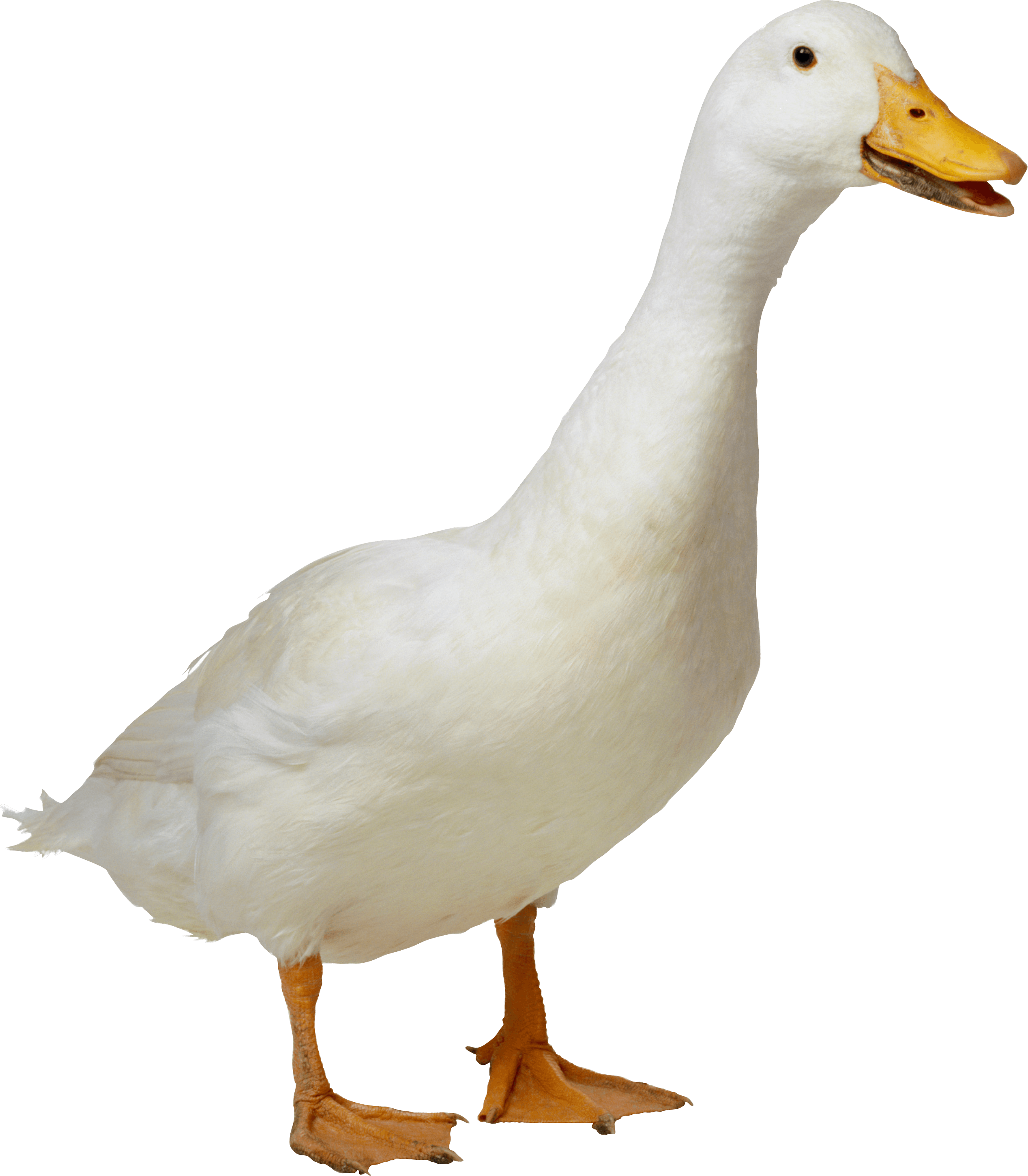

























On the two next days of Christmas, my truelove sent to me
The usual, and some girls:

























Sixteen maids a’milking, in a rustic sort of way,
And nine ladies dancing – what is he trying to say?
By now, my house was full, jam-packed to overflowing;
What would he send me next? There was no way of knowing . . .
On next two days of Christmas, my truelove sent to me
The usual, and some blokes:













Twenty lords a’leaping, eleven pipers piping –
The neighbours heard the racket, from behind their curtains peeping,
But soon came out to join the fun, and now the street was humming!
And then – my truelove’s master stroke – came twelve drummers drumming!












I saw a chance to make some cash (my truelove wouldn’t know):
I’d charge those neighbours all to watch my Festive Christmas Show!


























































































































































































































































































































And then I’d sell the pear trees, set free a turtle dove
And a calling bird or two to fly to my truelove.
I’d flog, for Christmas dinners, those geese and fat French hens –
But I’d give the swans back to the Queen, so we could still be friends.
And, finally, I’d auction off each lovely golden ring.
Then I will thank my truelove. What will next Christmas bring!
* Originally, ‘colly’ birds – a regional word describing a black colouring.
[Images: Spectator (partridge in a pear tree); RSPB (turtle dove); pinimg(French hen); birdwatchersgeneralstore.com/(calling bird – a blackbird); dotjewellery.com (gold ring); pngimg.com (goose); freeimages.com (swan, milkmaid and dancer); Evening Standard (leaping lords); Wikimedia (bagpiper); freepik.com (drummer)]







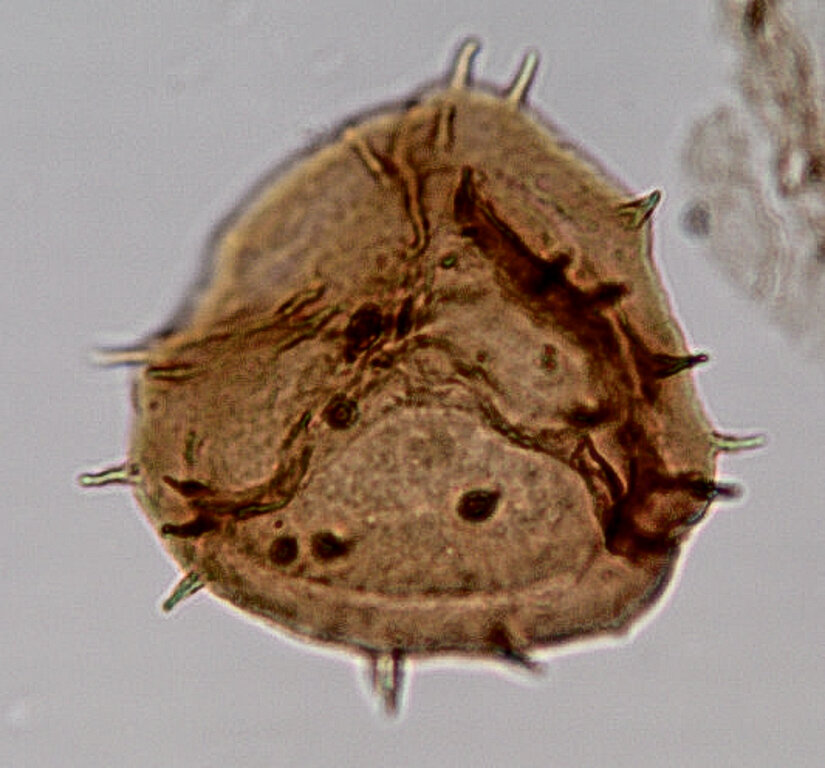
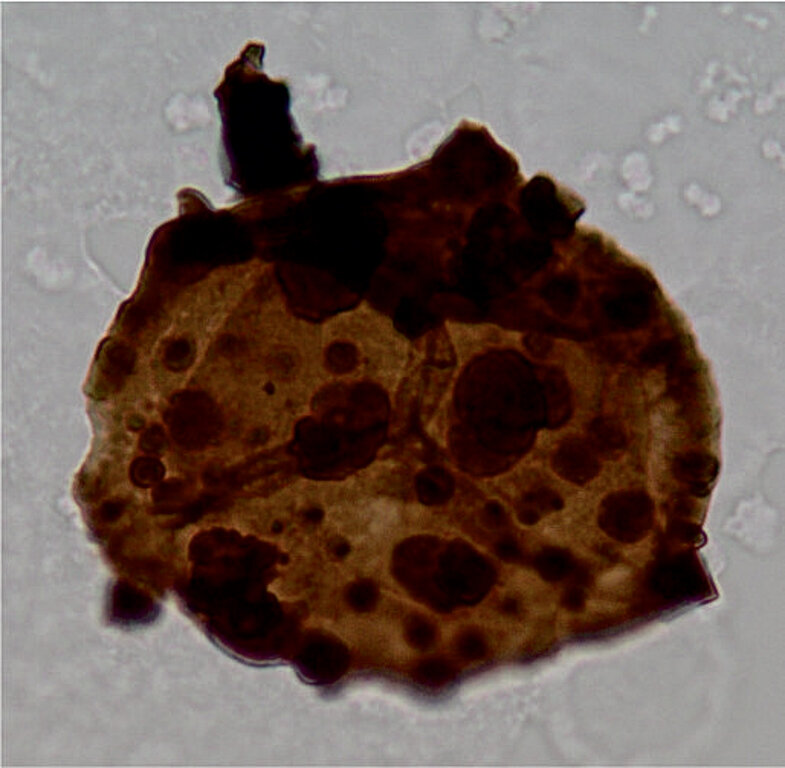








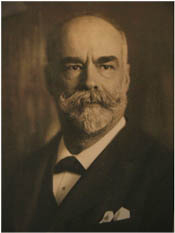







:max_bytes(150000):strip_icc():format(webp)/directional-sign-with-past-future-present-words-184383967-5c7733b4c9e77c000136a698.jpg)

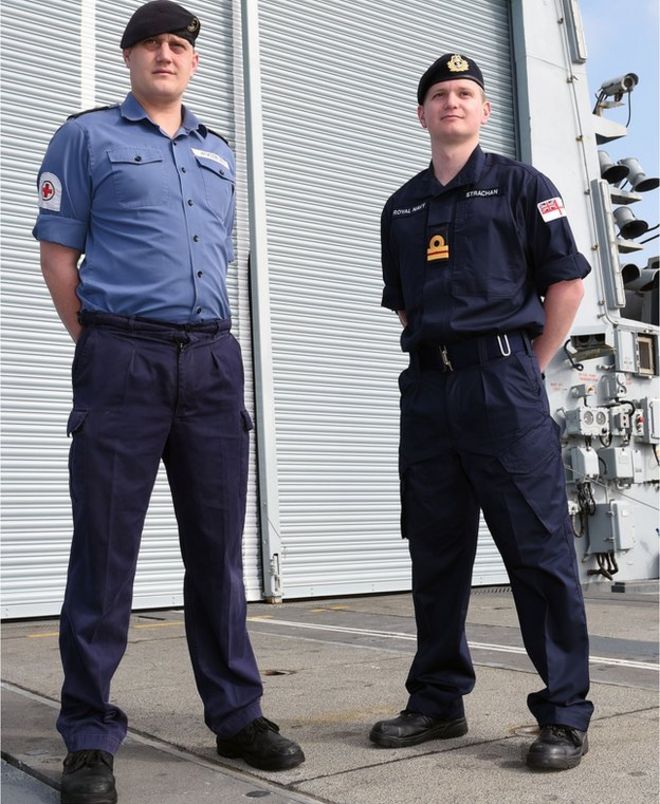



:max_bytes(150000):strip_icc():format(webp)/dna-versus-rna-608191_sketch_Final-54acdd8f8af04c73817e8811c32905fa.png)

